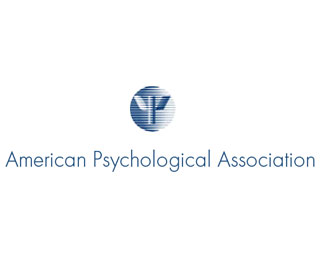
In order to initiate the study, experts scrutinized the records of 3,256 college students. These students were provided with college counseling support between September 1997 and August 2009 at a mid-sized private university. Both undergraduate and graduate students were screened for mental disorders, suicidal thoughts and self-injurious behavior. In the course of the treatment, the experts employed various tool like clinical evaluations, structured interviews, and two widely used tests of mood which are the Beck Depression Inventory and the Beck Anxiety Inventory.
John Guthman, PhD, author of the study and director of student counseling services at Hofstra University in Hempstead, NY highlighted, “In the last 10 years, a shift in the needs of students seeking counseling services is becoming apparent. University and college counseling services around the country are reporting that the needs of students seeking services are escalating toward more severe psychological problems. While the condition of students seeking counseling doesn’t necessarily reflect the experience of the average college student, our findings may suggest that students with severe emotional stress are getting better education, outreach and support during childhood that makes them more likely to attend college than in the past.”
Investigators discovered that 93 percent of the students were diagnosed with one mental disorder in 1998. This number gradually elevated to 96 percent in 2009. So in 2009 there were 96 percent of students probably receiving treatment for at least one mental disorder. Amongst the various mental disorders, most students were apparently diagnosed with mood and anxiety disorders. Such conditions were seemingly noted along with adjustment disorders or problems linked with considerable impairment in functioning. No variation in class of age was mentioned by the scientists.
Guthman added, “Overall, the average quality of depression and anxiety experienced by students in counseling has remained constant and relatively mild during the last decade. However, the percentage of students with moderate to severe depression has gone up from 34 to 41 percent. These outliers often require significantly more resources and may contribute greatly to the misperception that the average student is in distress.”
It is presumed that pre-existing mental health difficulties is the cause of heightened severe cases of depression and anxiety in college students. Such disorders may be witnessed in particularly those students who fail to connect socially. An average college student does not seem to suffer from this condition. It is those who are generally socially isolated, depressed and on medication that tend to suffer from this disorder.
Guthman shared, “It used to be that students would come to university counseling centers because they broke up with their partner or failed a test. Now, they are coming with emotional distress and requesting mental health treatment for the same reasons that other adult populations seeks out treatment.”
An increase of more than 10 percentage points was noted in the number of students on psychiatric medicines. 11 percent of the clinical sample suggested employment of psychiatric medications, mostly for depression, anxiety and ADHD in 1998. Then in 2009, 24 percent attending counseling had been using psychiatric medications. It was observed that students accepting the fact that they had thought about suicide in two weeks of counseling intake reduced from 26 percent in 1998 to 11 percent in 2009. So suicide prevention education and greater awareness of available help can possibly display general improvements.
The study was presented at the 118th annual convention of the American Psychological Association.
